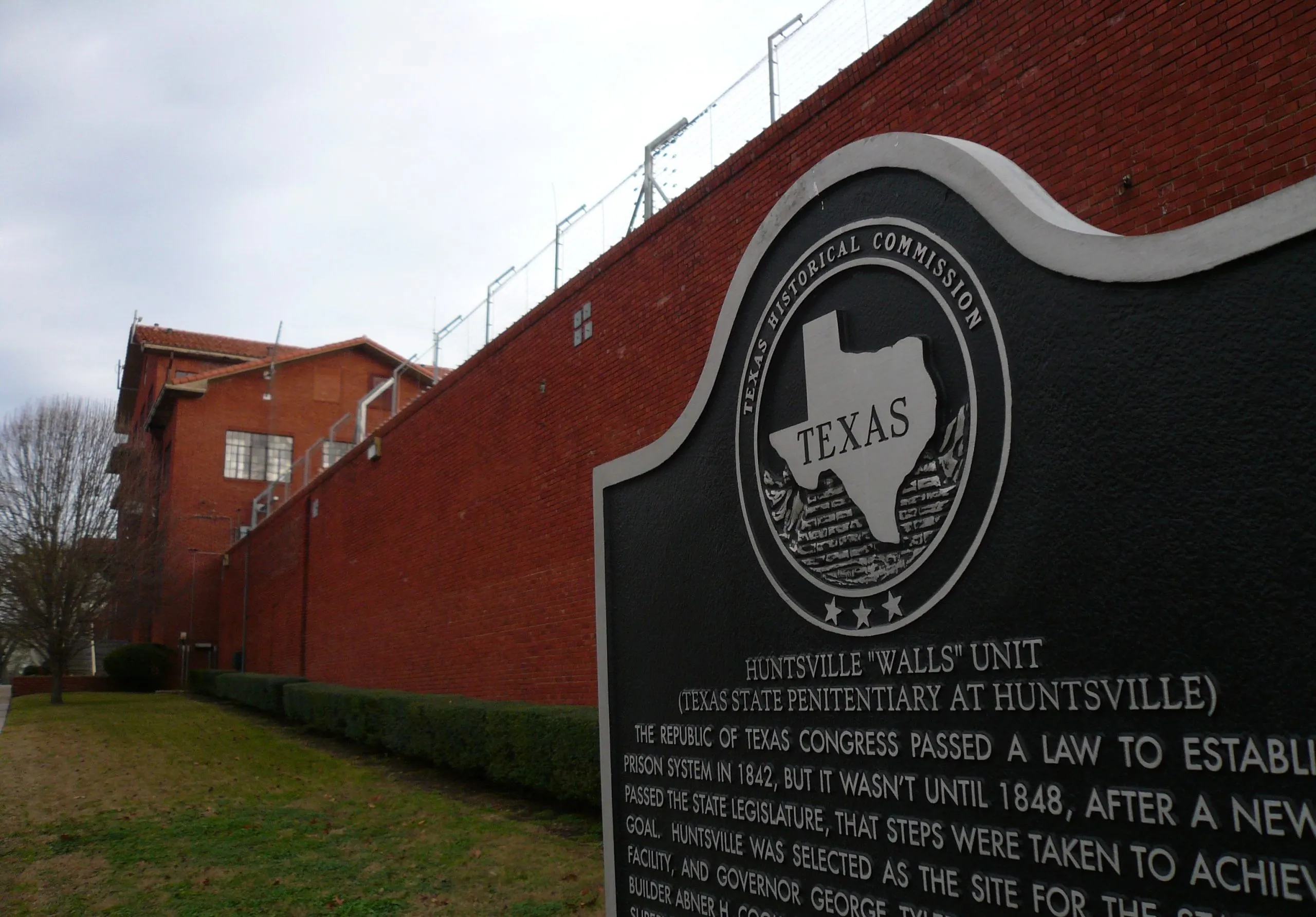Robert Roberson's Execution Case: Supreme Court Decision

Understanding the Supreme Court's Ruling on Robert Roberson
The Supreme Court's recent decision regarding Robert Roberson serves as a key moment in a case that has spanned over two decades. Roberson was convicted and sentenced to death in 2003, based heavily on shaky evidence regarding shaken baby syndrome.
Background of the Case
- Robert Roberson was arrested and charged with murder.
- Key evidence included claims of shaken baby syndrome.
- He has long maintained his innocence.
Legal Implications and Future Steps
- The verdict has raised questions about the validity of the evidence used.
- Arguments are made supporting potential flaws in the prosecution's case.
- Further appeals are anticipated from Roberson's legal team.
The confirmation of Roberson's execution not only impacts him but also underscores deep-seated issues in forensic methodology that influence criminal justice nationwide. Advocates are concerned about the ramifications of the ruling.
This article was prepared using information from open sources in accordance with the principles of Ethical Policy. The editorial team is not responsible for absolute accuracy, as it relies on data from the sources referenced.